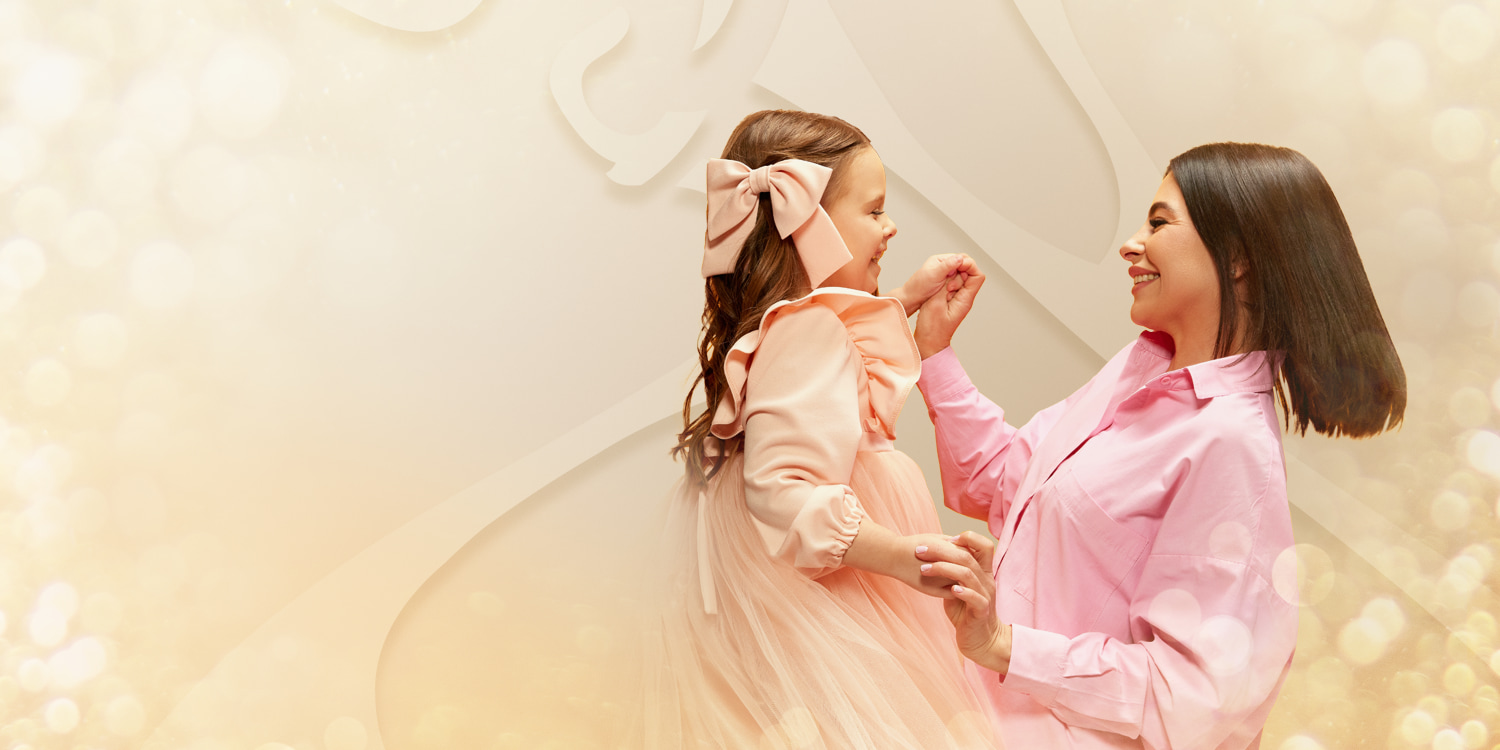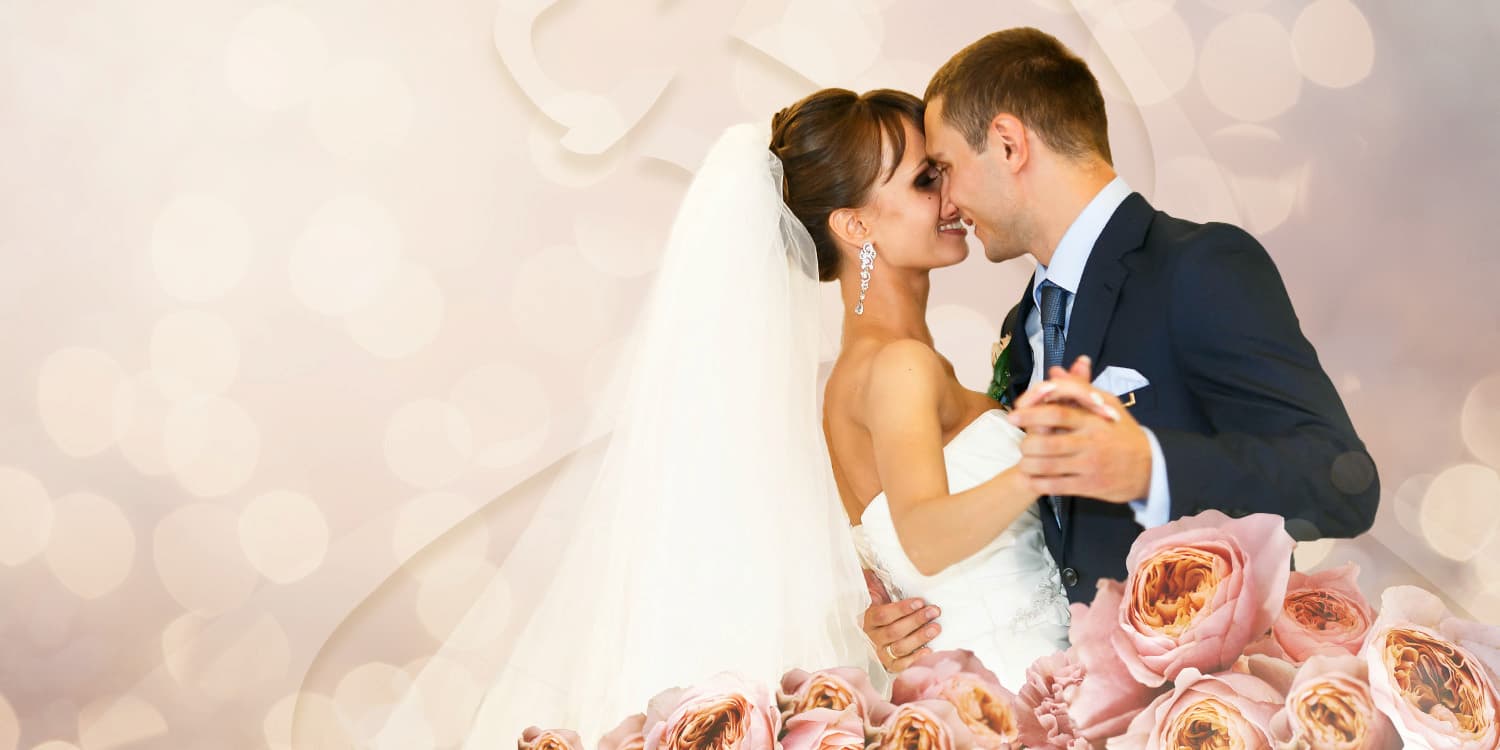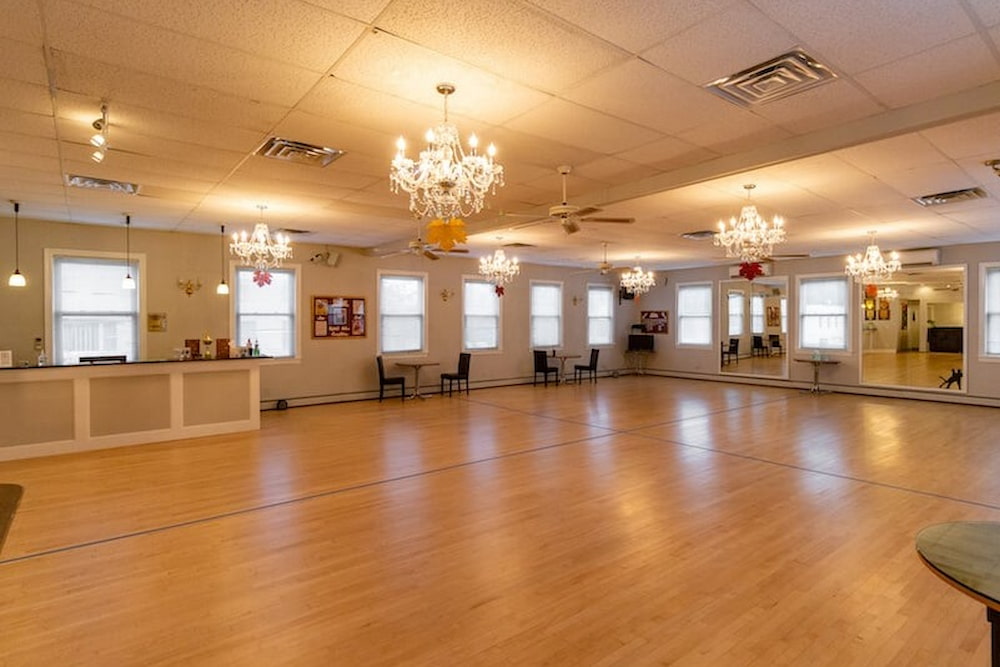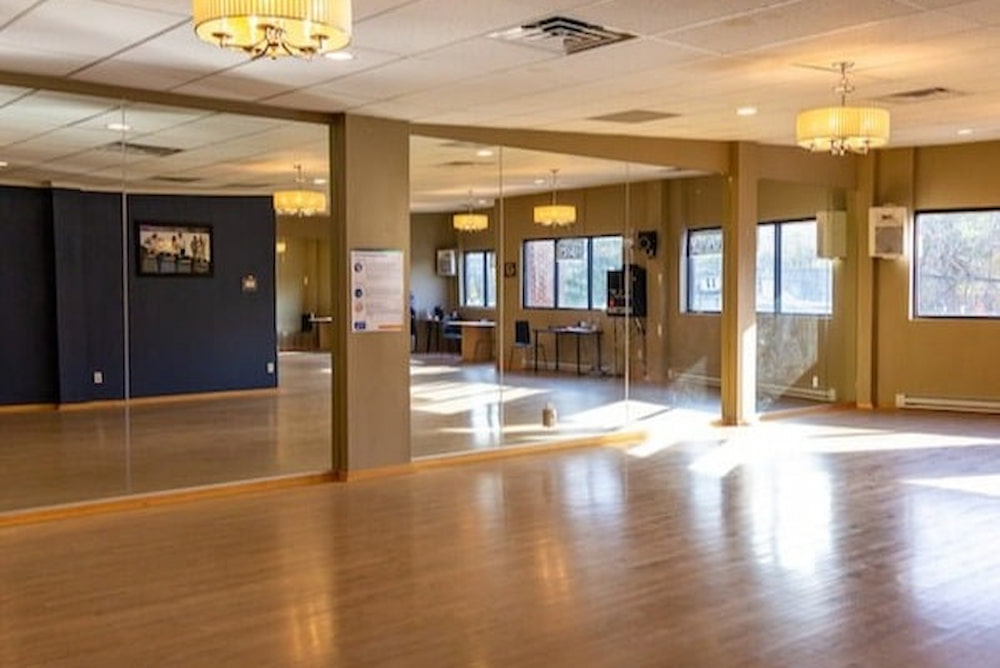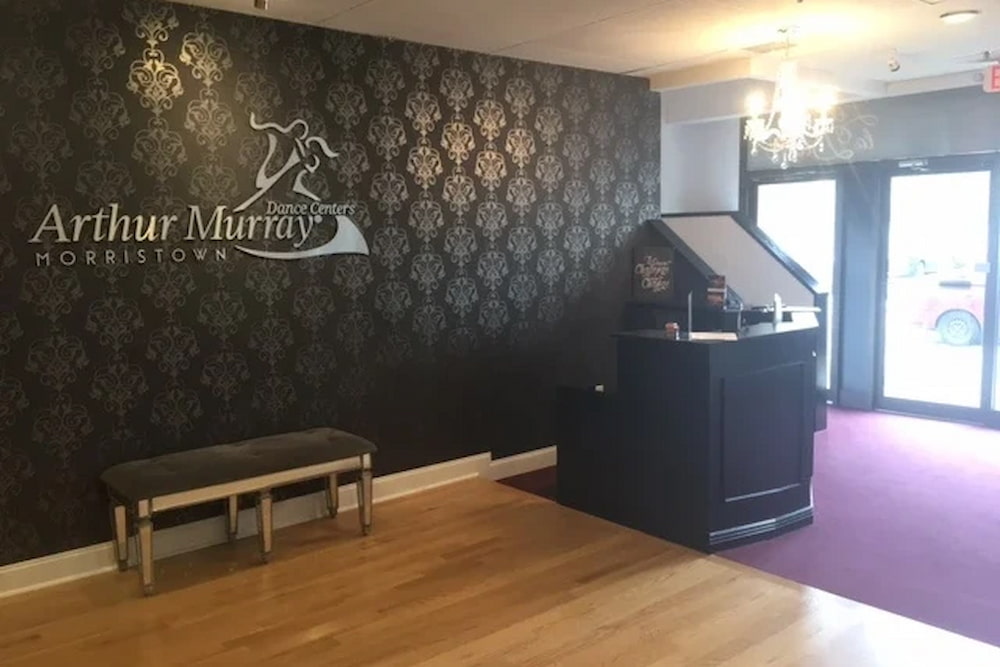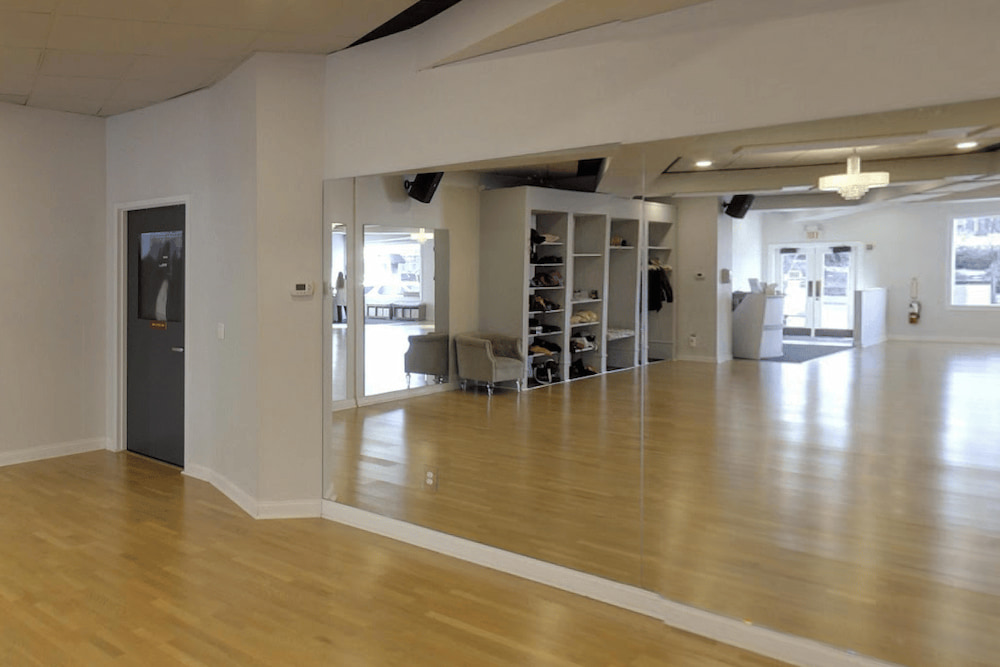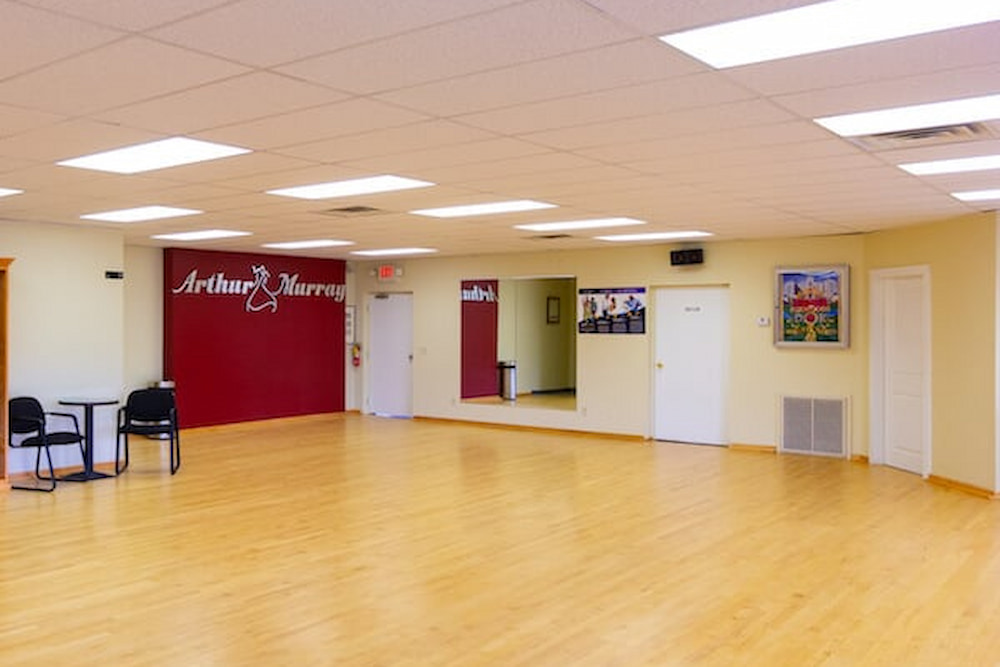Lessons We Offer
-
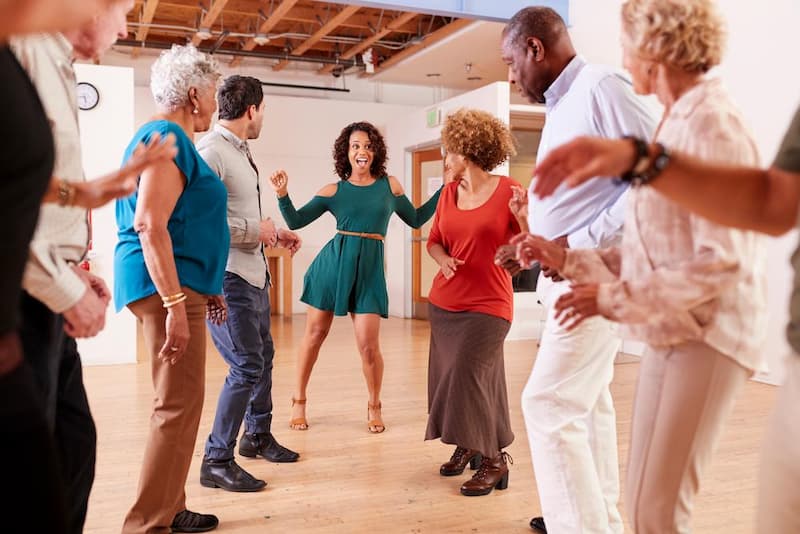
Singles
Have the time of your life
Looking for a fun night out? A new hobby? Join a community that's full of love, laughter, and lots of dancing!
Lesson Info -
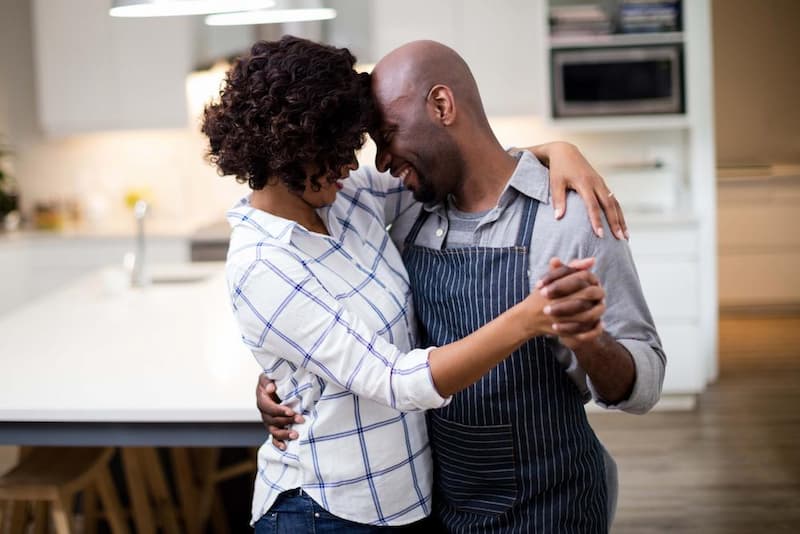
Couples
Make date night fun again
Couples that dance together, stay together! Enjoy a new date night and get to know each other all over again.
Lesson Info -
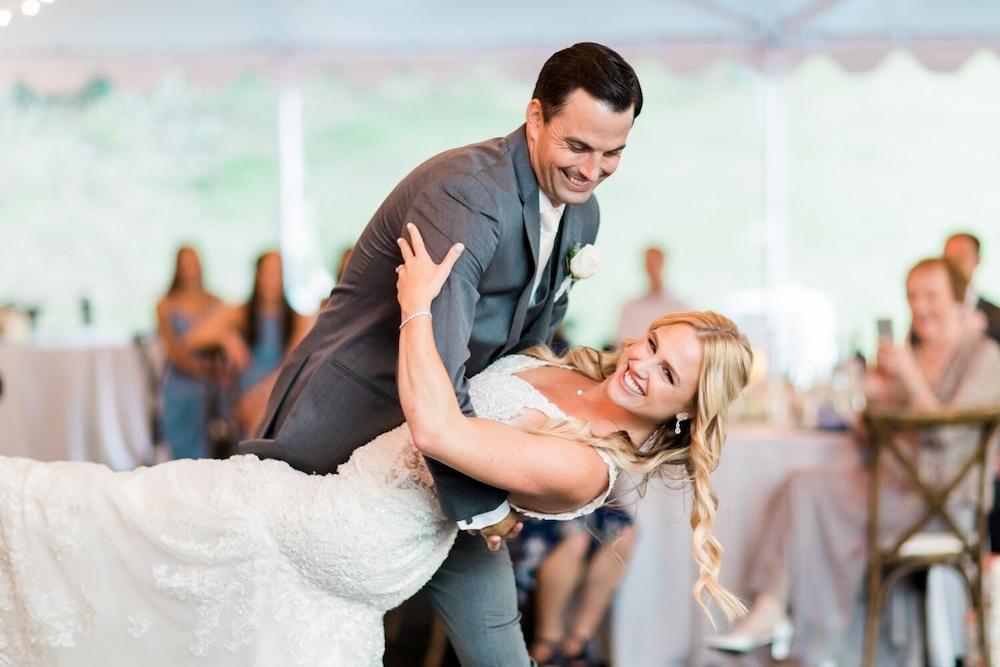
Wedding
A First dance of your dreams
Want a wedding that's one-of-a-kind? Have a planned dance and make your big day special.
Lesson Info
Ballroom Dance Lessons for Singles and Couples
Go from wallflower to dancing queen.
Arthur Murray Dance Now specializes in teaching beginner dancers how to survive on the dance floor. Our interrelated system makes learning to dance to any style of music fun, quick, and easy!
We teach any dance you can dance with a partner: Waltz, Swing, or Cha Cha? You got it. Salsa, Tango, Two-Step? No Problem! With over 30 styles of dance to choose from, we've got you covered.
Arthur Murray—The Legacy
Arthur Murray, our founder, believed that EVERYONE can learn to dance. What started as mail order footprints, quickly grew into a family of franchised dance studios with over 280 locations worldwide. Well over a century later, we continue his tradition of innovative dance teaching. Whether you’ve been dancing for years or have two left feet, our fool-proof method is designed to get you on the dance floor fast!
Our Studios
Arthur Murray Dance Now has six convenient locations in New Jersey.
Learn more about our Legacy and the Arthur Murray Method.
What our clients are saying...
Arthur Murray Quote
We don't stop dancing because we grow too old; we grow old when we choose to stop dancing.
New Students
What to expect on your first lesson
After answering a few questions about your goals, aspirations, and the look and feel you’d like to have, you'll be guided through a few basics by one of our highly-trained instructors.
You'll start to learn to dance on your very first lesson, and leave with a plan of action for the next few sessions.
At Arthur Murray, we've developed a fool-proof method to help you learn to dance the quickest way possible and achieve your goals.
More from our clients...
-

My husband and I have been at Arthur Murray Studio in Chatham NJ since June 2014...I will say, emphatically, that the Chatham Arthur Murray Studio is outstanding, it's welcoming and fun and like a family. We've met new people...joined for further lessons...I even did a ShowCase in August. I LOVE IT. GO THERE if you want an outstanding and excellent experience.
-

Great, talented staff who make you feel welcome and encouraged. Fellow students are warm, friendly and make you feel like part of a family of good friends. Highly recommended.
-

Great place to learn how to dance. Very knowledeable staff thats friendly and helpful with accomplishing your goals whether its for a special occasion or just for fun.
Keep up with us on Instagram
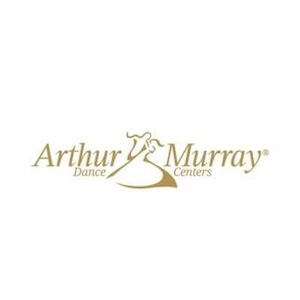
amdancenow
💃 Social dancing, Weddings, Servicing your dance dreams
